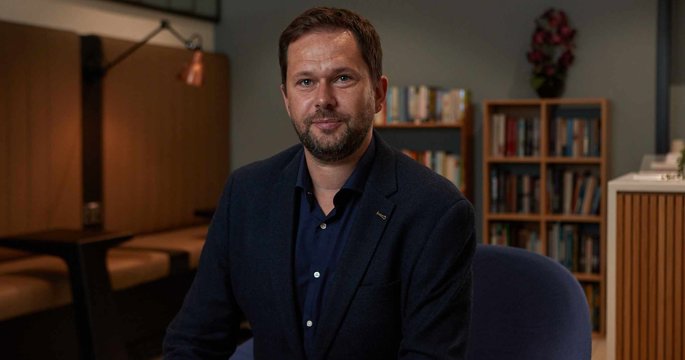Gifts and Bribery: Navigating the Festive Season with Integrity
As the festive season approaches, many of us embrace the tradition of gift-giving. Whether it be tokens of appreciation for clients, hospitality for partners or seasonal gestures among colleagues. While these exchanges can foster goodwill and strengthen professional relationships, they also carry significant legal risks.
BPE advises MyHealthChecked plc on £multi-million disposal to Boots
BPE Solicitors LLP has advised AIM-listed Fortis Frontier plc (formerly MyHealthChecked plc) on the sale of its trading subsidiary, Concepta Diagnostics Limited, to Boots UK Limited for £2.375 million.
Resolving Family Matters Amicably: The Resolution Code in Practice
Resolution is a community of family law professionals who are dedicated to avoiding confrontation when dealing with separating families and their children. Recognising that a non-confrontational approach often produces more constructive outcomes for those involved, Resolution provides a framework and Code of Practice which its members are expected to both follow and exemplify.
BPE Solicitors wrap up decade-long project with Windsor House sale
BPE Solicitors LLP is delighted to announce that they have advised on the successful sale of Windsor House. The sale of this prominent multi-let property in Harrogate marks the successful conclusion of a 10-year project for BPE’s long-standing client, Boultbee Brooks Real Estate.
BPE Solicitors advises on sale of Gothic Medical Group to Employee Ownership Trust
BPE Solicitors LLP has advised on the acquisition of a majority interest in the Gothic Medical Group by a newly established Employee Ownership Trust (EOT).
Pension Sharing Orders on Divorce
When considering the issue of finances upon a Divorce, pensions should always form part of this discussion. By ignoring pensions, this could mean that you are missing out on potential long-term income and future financial security.
UPDATE: ACAS Early Conciliation
The ACAS Early Conciliation (EC) process, a mandatory gateway for most employment tribunal claims, is set for its most significant procedural change in recent years.
Landmark Reform: Renters’ Rights Act 2025 Becomes Law
The Renters’ Rights Act (“the Act”) received Royal Assent on 27 October 2025. The Act marks the most significant overhaul of renting laws in over 30 years, primarily geared toward giving tenants greater stability and protections when renting homes. It aims to enhance tenant security, improve housing quality, and regulate landlord practices more strictly.
Top Tips for Selling Your Commercial Property at Auction
There are a number of reasons why selling your property at auction may be the best option. Read this article to find out more.
Professional Negligence: When Trust in a Professional Breaks Down
Whether it’s your solicitor, accountant, architect or surveyor, you expect a professional to do their job competently. When they don’t, the consequences can be significant.
Mandatory ID verification for company officers from November 2025
Following the introduction of voluntary identity checks earlier this year, Companies House will make ID verification mandatory from 18 November 2025. These changes form part of the Economic Crime and Corporate Transparency Act 2023 (ECCTA) and are designed to improve transparency and reduce the risk of fraud in UK company records.
Neurodiversity and Divorce: Why adjustments for clients matter just as much as for children
As ADHD Awareness Month draws to a close, it’s a fitting time to reflect on the importance of recognising and supporting neurodiversity within families - not just in children, but in adults too. Awareness around ADHD, autism and other forms of neurodivergence has grown significantly in recent years, yet in the context of relationship breakdowns and divorce, the conversation often remains focused on children. This article explores why understanding and adjusting for neurodiverse adults is just as crucial, and how thoughtful legal support can make a meaningful difference.

















